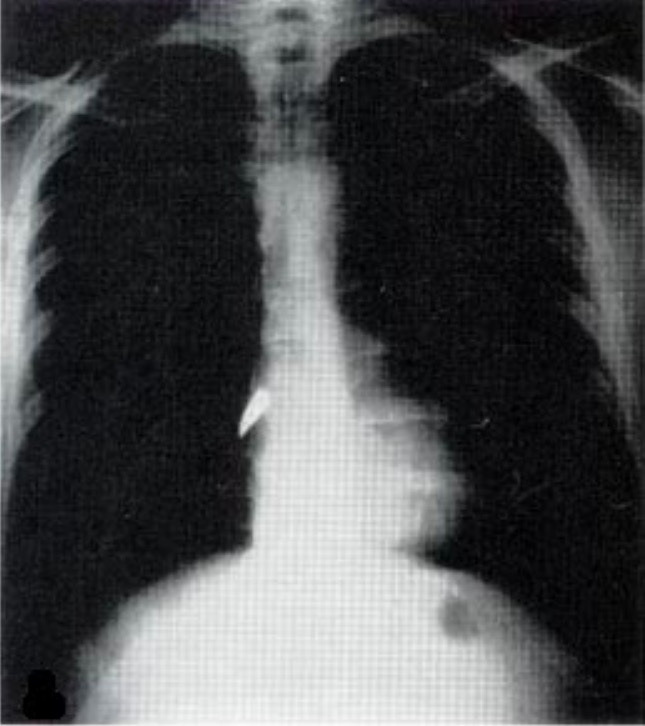Playlist
Show Playlist
Hide Playlist
Thoracic Injuries: Breathing
-
Emergency Medicine Pulmonary Trauma.pdf
-
Download Lecture Overview
00:01 In this lecture, we're gonna talk about traumatic injuries to the lungs that impair breathing. 00:06 So obviously breathing is part of our primary survey in trauma, it comes right after A. 00:13 Once we're satisfied the airway is okay. 00:15 We're gonna move on to B for breathing. 00:17 The first thing we do on our primary survey for B, is auscultate the lungs on both sides of the chest. 00:23 And we're listening to hear, if the breath sounds are equal and symmetric bilaterally. 00:28 We also wanna just take an overall look at our patient, and get a sense for how hard their working to breathe. 00:33 A patient who's sitting back and breathing comfortably is much less likely to have a life threatening lung injury, than somebody who's sitting bolt upright working really hard to breath and showing you a lot of effort. 00:45 You also wanna look for external injuries to the chest wall that might give you clues about underlying injury to the lungs. 00:52 We always wanna count the respiratory rate. 00:56 I've said it before, and I'll say it again, this is a vital sign that's often misdocumented and we wanna make sure that we double check it ourselves. 01:03 We wanna look at the oxygen saturation, the oxygen saturation is the bottom-line on the adequacy of breathing, and if your patient's not oxygenating well, I don't care how comfortable they look, or how good they sound, you still have a B problem and you need to address it. 01:20 And then lastly, we wanna palpate, so we wanna feel, especially the trachea to see if it's in the midline, a patient who has tracheal deviation may potentially have a pneumothorax, and the trachea will deviate typically away from that lesion. 01:36 You also might wanna percuss the lungs for equal resonance. 01:40 So what kinds of pathology are we really looking for on this primary survey? First and foremost, we're looking for tension pneumothorax. 01:49 Tension pneumos are a very common occurrence in traumatically injured patients, and they're definitely life threatening, and this is not something that we wanna miss. 01:59 We're also looking for open pneumothorax, flail chest with underlying pulmonary contusion, and massive hemothorax. 02:07 Because these are the injuries to the chest that can really present imminent life threats for your patient. 02:14 All of these injuries require specific treatment that must be perform immediately to stabilize the patient. 02:21 This is very important, so we identify these during the primary survey, and we stabilize the patient with respect to these injuries before we move on through the rest of our primary survey or into our secondary survey. 02:34 We have to address these problems immediately.
About the Lecture
The lecture Thoracic Injuries: Breathing by Julianna Jung, MD, FACEP is from the course Trauma (Emergency Medicine).
Included Quiz Questions
Which one of the following is most likely to cause tracheal deviation?
- Pneumothorax
- Segmental atelectasis
- SVC obstruction
- Pneumonitis
- Emphysema
Customer reviews
5,0 of 5 stars
| 5 Stars |
|
1 |
| 4 Stars |
|
0 |
| 3 Stars |
|
0 |
| 2 Stars |
|
0 |
| 1 Star |
|
0 |
I love her...She is a great lecturer that makes learning easy.





